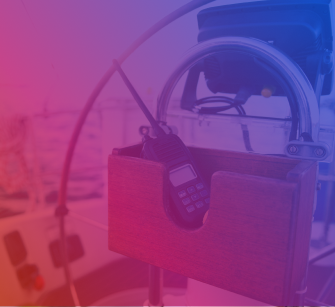5 Templates to Inspire Your High-Converting Marketing Strategy
Learning how to create a sales funnel can be challenging and at times intimidating, especially considering the multitude of factors that can influence the performance of your strategies, the engagement generated by your content, and therefore, your ability to increase sales opportunities.
To help you gain results, no matter your experience level or progress, this guide explores the essentials of what is a sales funnel, the most common challenges, and how to achieve lead generation success in today’s competitive market.














